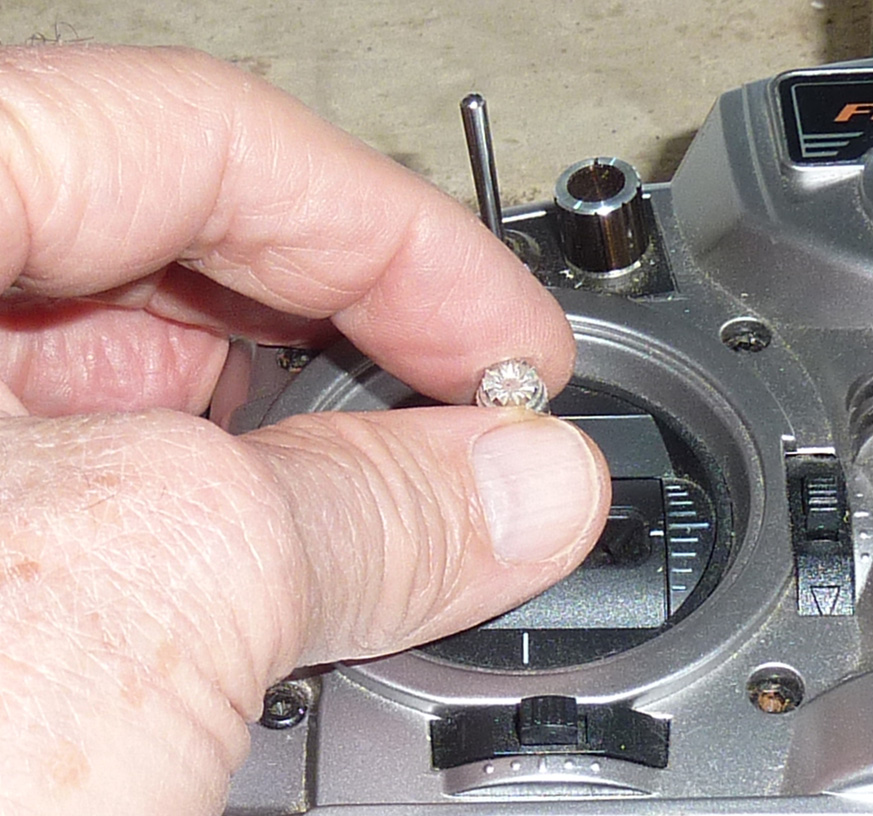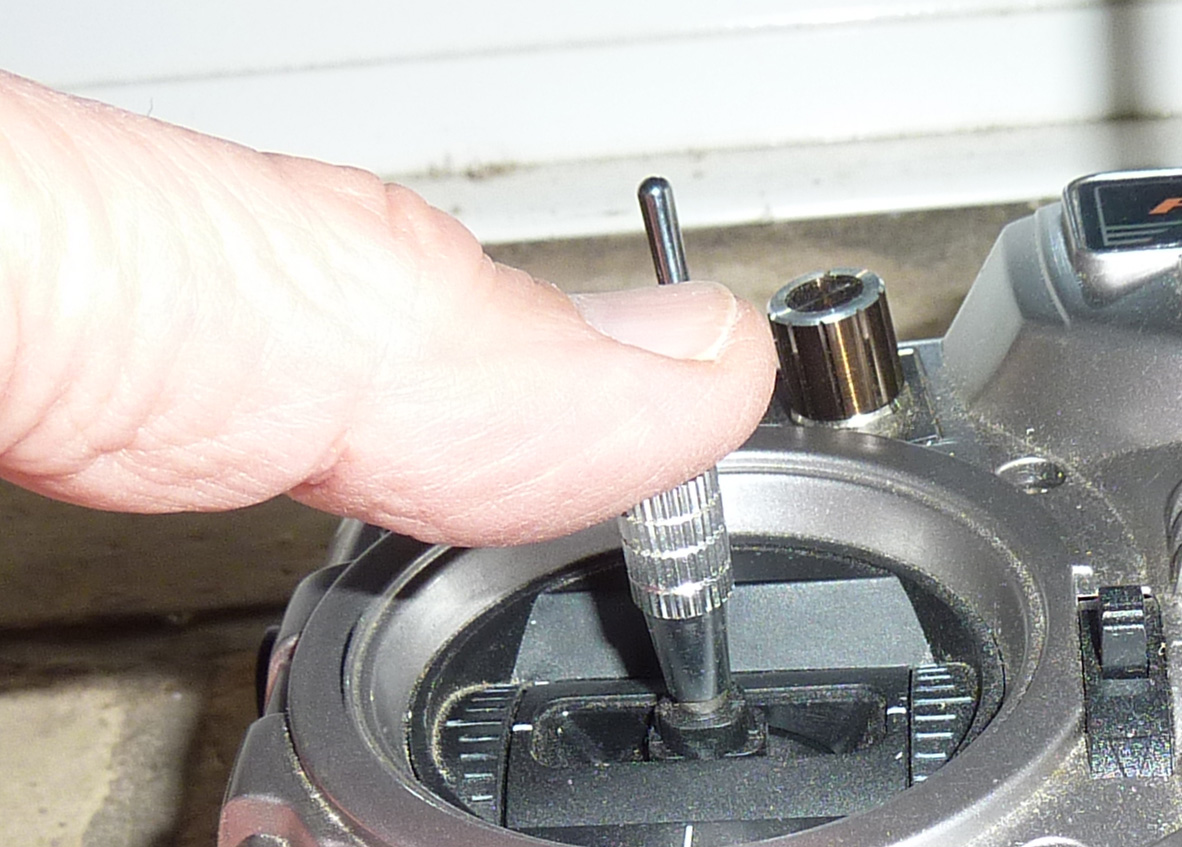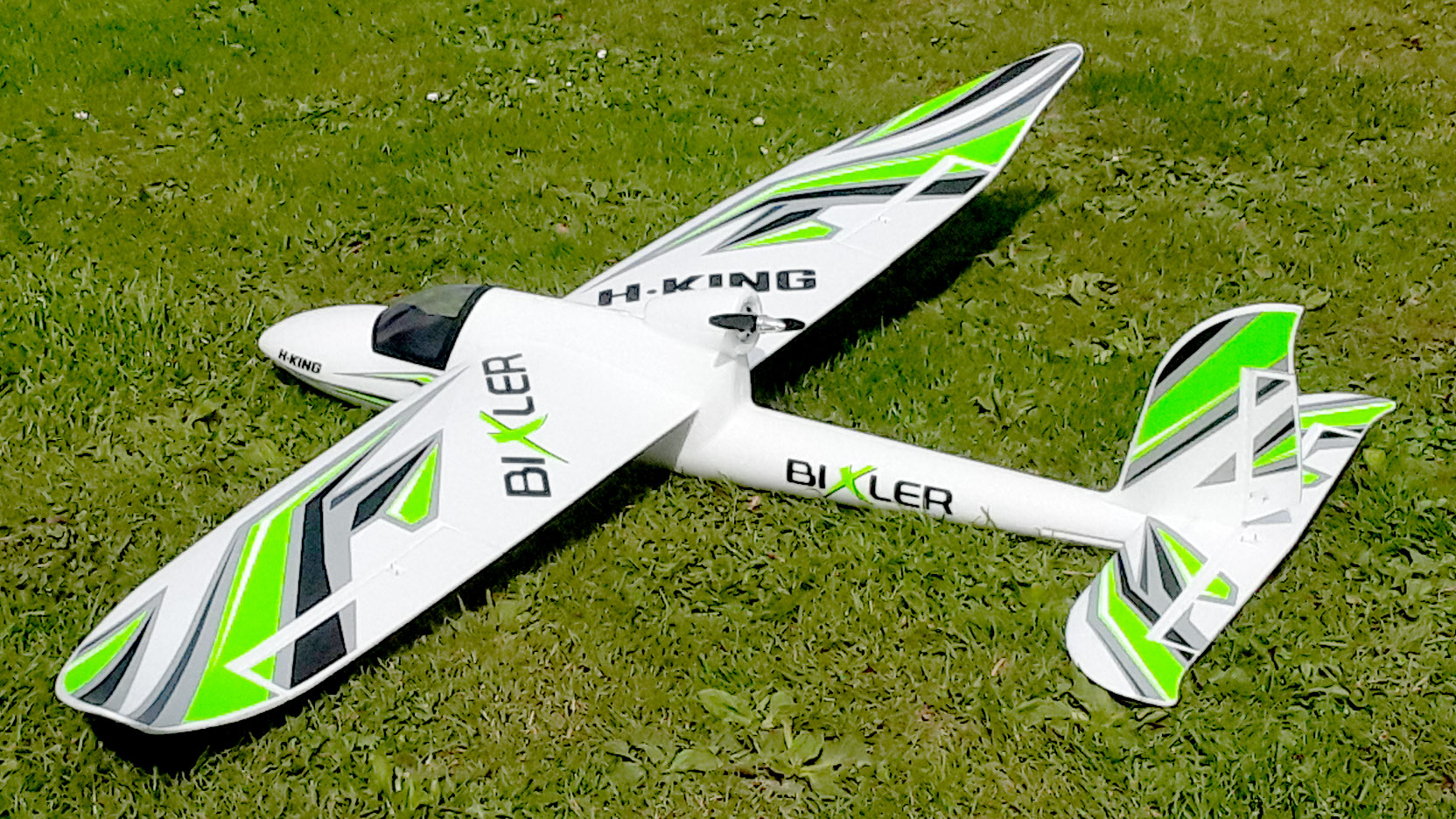| Back |
If you prefer to download the following as a document please click here.
You might be starting model flying from scratch. You might have flown in the distant past. Either way we all want you to succeed and enjoy your flying. There is a lot to learn and many skills to acquire, but that is what makes model flying so enjoyable. It combines fresh air, good company, high manual skills and ever advancing technology. It is a hobby you can’t bang your head on.
You need three things - help, information and insurance. You can get the first from a club, the second from this website or a club and the third from the British Model Flying Association (BMFA). If it really is a long time time since you last flew you might know the BMFA as the Society of Model Aeronautical Engineers (SMAE), a much more noble title in my view. At least they didn’t descend to modelflyingUK or similar.
First the club. There is likely to be at least one club near you. You can find out from the BMFA website. Clubs vary a lot both in their facilities and how helpful they are to newcomers. You will probably get a feeling for what they are like by phoning or emailing. Some clubs won’t even bother to reply. Better still, visit the flying field and chat. The best time is usually the weekend when the weather is fine and the wind below about 12 mph. You can find this out from the Met Office phone app. It isn’t the end of the world if you choose a poor one. You can always try another.
If you have never flown you will need training. Using a dual control system called a buddy box, good clubs will give you an instructor to get you to the level of skill to fly safely without someone standing next to you (solo). Some clubs insist that you pass a BMFA test before you can fly solo, which is not what the tests were intended for. This can be a real drawback. Once basically safe you need to get as many hours in as you can and having to ask someone to supervise is a drag. Best to ask before you join. In the end if all local clubs insist on it you might have to put up with it. If so make sure the club that you join has a registered examiner.
If you have a safe site and permission to fly there, and you don’t want to join a club, you must join the BMFA so you are insured. Model flying is a very safe activity but you might be a rare unlucky one. Damages might bankrupt you.
Don’t buy stuff straightaway
It is best to wait, maybe until you have learned to fly on the club trainer model. Before long some decisions must be made.
Radio equipment
This is the most difficult. There are several radio equipment makers and generally you can’t mix makes. Once you commit to one maker and buy a transmitter, receivers and other equipment you won’t want to change. Get as many opinions as you can and take a look at what others have. Expensive isn’t necessarily best but very cheap isn’t a good idea. I think the best buy is FrSky (‘freesky’). It is technically very advanced, is low cost and the flying components are very light. In general it is best not to buy a make that no-one else in the club uses as there might be no-one able to help you. However if you feel confident in your ability to use manuals on your own you could become the club expert in the make you use.
You need a transmitter that you hold to control the model. Inside the model is a receiver and servos that move the control surfaces – ailerons, elevator and rudder. A good transmitter can control a model so far away it is almost impossible to see. The frequency used is 2.4 GHz (gigahertz) though 900 MHz (megahertz) is now available and has even longer range. On the best radio systems telemetry is available. You can install devices that send data back to your transmitter about your height, speed, GPS location, battery voltage and many other things, that can be displayed on your screen or spoken to you. FrSky is particularly good for that.
Pinch or thumb
One decision to make early is how you move the transmitter sticks. Some people grip the sticks between thumbs and forefingers. Others put their thumbs on the top of the sticks. Neither is better, but is just your preference.
Pinch

Thumb

First model
Unless you fly unpowered gliders you need to choose between internal combustion (IC) engines or electric motors. Each has good and bad points. IC engines can be glowplug or petrol. The latter are more reliable but are noisy. Some sites only allow electric motors because they are much quieter than IC. They are also cleaner and easier to use.
Your first model must be easy to fly. Do not buy a scale model however attractive it looks. A simple powered glider like a Bixler is a good choice and capable of some aerobatics as your skills improve. Be guided by the instructor’s ideas.
Eyesight
Obvious really, but you can’t fly safely if you can’t see distant things. If you suspect you need new glasses then get them before you fly for the first time. Even better, buy a pair to your prescription with big lenses like sunglasses and a medium tint. Even on dull days the sky can be bright.
Types of flying
Gliders. Gliders stay up by riding upward flowing currents of air . These can come from a flow of warm air called a thermal (thermal soaring) or wind deflected upwards by a hill slope (slope soaring). Thermal gliders are taken up to height by their own electric motors, as in the picture below, or a tug model aircraft.

Bixler 1.1
Powered flight. If you want to learn powered flight you need a model with wheels. Gliders will not teach you to land on wheels. A cabin type model with a high wing and biggish wheels is best to learn on.

Cabin model - Kingfisher
Scale models. These are usually too difficult for beginners to fly. Save them for later.
Build or buy?
Many people just want to fly so they buy Almost Ready To Fly (ARTF) or Plug aNd Play (PNP). Avoid PNP models that are complete with radio gear. The cheap equipment is usually very limited. At first buy ready made models, probably ones made of plastic foam as they are easy to repair. If you decide later that you want to build, you can do it either from a complete kit of materials or from a plan.
Expect to crash
You will crash, hopefully at a decreasing rate. You will learn how to repair your models. If you buy ready made all you lose is money not building time.
Model shops
We want to see UK model shops survive, so use them when you can. Most people buy from a combination of shops and online, including from overseas. Remember that shop owners will have their own favourite (or profitable) brands which might not be best for you, and that fellow club members are more likely to be unbiassed in that way.
Safety
There is general safety guidance on the BMFA website. Your club will have additional rules depending on its location. For example you might share an airfield with a flying club or have houses close to one boundary. No club will allow you to fly solo until you can prove you know the rules and are safe.
Magazines
There are two print magazines for Aeromodellers in the UK – Radio Control Models & Electronics and Aeromodeller. The latter is for non-radio control (free flight) models and neither are on display in the bookshops. You will need to go online and order a subscription to be delivered by post. There are free online magazines, one of the best being Radio Control Soaring Digest (RCSD). Mind you I would say that as I write for it. RCSD is for gliders only and is read worldwide but it does have articles of general interest. There are many video sources such as those on youtube. They are usually an inefficient way of learning but are valuable to see what other flyers are doing.
CAA test and rules
This is a recent, pointless intrusion into our freedom justified by an alleged drone intrusion into an airport. Most of us think it is an attempt to control the skies by the Civil Aviation Authority to free it for commercial use, forgetting that it was model flying that got aviation going in the first place. Before you fly solo you must take a knowledge test online and get a number to put in each model. To fly any model 250 g or heavier without it is a crime and you won’t be insured. Your club will explain how you do it.
Learn your glues
There are many glues available to modellers. Some set in seconds and others take hours. Each has its place and it’s a good idea to learn about them. For quick repairs at the field most people use cyanoacrylate glue, usually called CA or superglue. It sets quickly anyway but can be made even faster using an alkaline spray called an accelerator or kicker. The downside of CA is that it is brittle, especially if kicker is used. You can buy it in different viscosities– thick, medium and thin. Avoid thin for general use as it runs very easily to where you don’t want it, such as gluing your model to your bench. Thick is best for field use. It is best to avoid grinding or drilling CA as it gives off noxious fumes.
Increasing skill
The thing new flyers find most difficult is controlling the model as it flies towards them. The elevator still makes you climb and descend in the same way but the rudder and ailerons, which make you turn, work in reverse. After a few hours you will suddenly realise that you are no longer thinking about which way to move the sticks. Your now-trained brain and body just does it. Eventually you will only have to think what you want the model to do, not how to do it.
Model flight simulators
A simulator is an excellent way of practising your flying. You can crash the digital model as often as you want. Sims are very realistic. There are three main contenders – Phoenix, Picasim and RealFlight.
Phoenix is the simplest, but it is no longer sold new nor supported with updates. However it still works and you can buy it secondhand on such as eBay. Picasim is free and mainly aimed at model gliders. RealFlight costs about £100 for the software or a bit more if you buy it with a transmitter-style controller. For all three you can either use your own transmitter or buy a transmitter-style controller on eBay for £20 or so. They all require a bit of setting up so, if you are not entirely happy you can do it, buy one that other club members use.
Note these sims only include model aircraft. Learning on a sim like the Microsoft one for fullsize aircraft will not help you to fly models. You can choose from many models and flying sites on all three sims. To start with choose an electric model with a high wing, like the Kingfisher above, and a flat field site.
Sites to look at
British Model Flying Association https://bmfa.org/
Radio Control Soaring Digest https://medium.com/rc-soaring-digest
My local model shop in Norwich https://www.pegasusmodels.co.uk/
My local model shop in Kings Lynn https://www.kingslynnmodelshop.co.uk/
Hobby King https://hobbyking.com/
John Woodfield - look up the name on youtube
Large Model Association https://www.largemodelassociation.com
Northrepps Model Flying Club: my club https://www.northreppsmfc.com/
Picasim http://www.rowlhouse.co.uk/PicaSim/
| Back |
(C) Peter Scott 2021
Last edit 23 May 2022